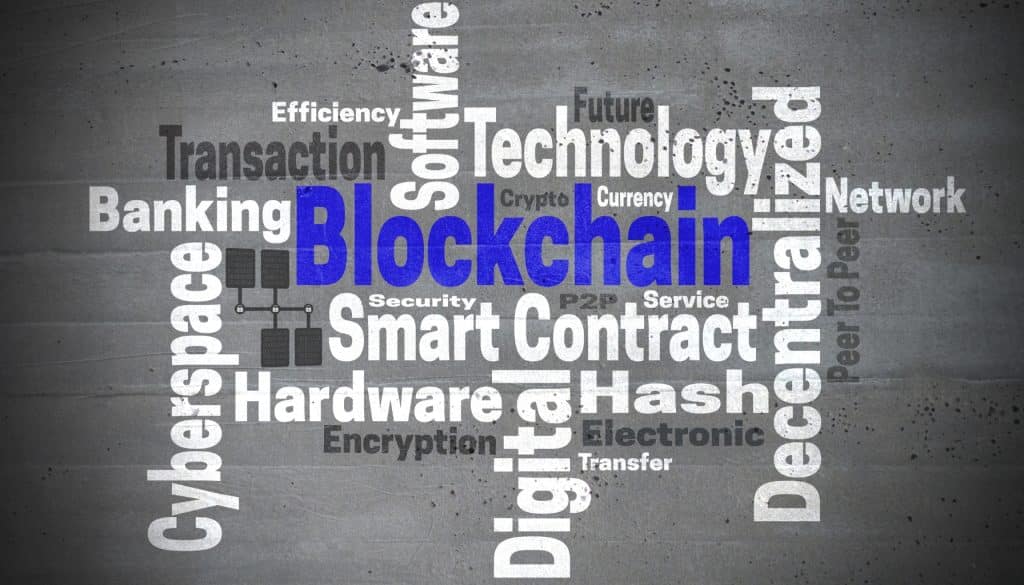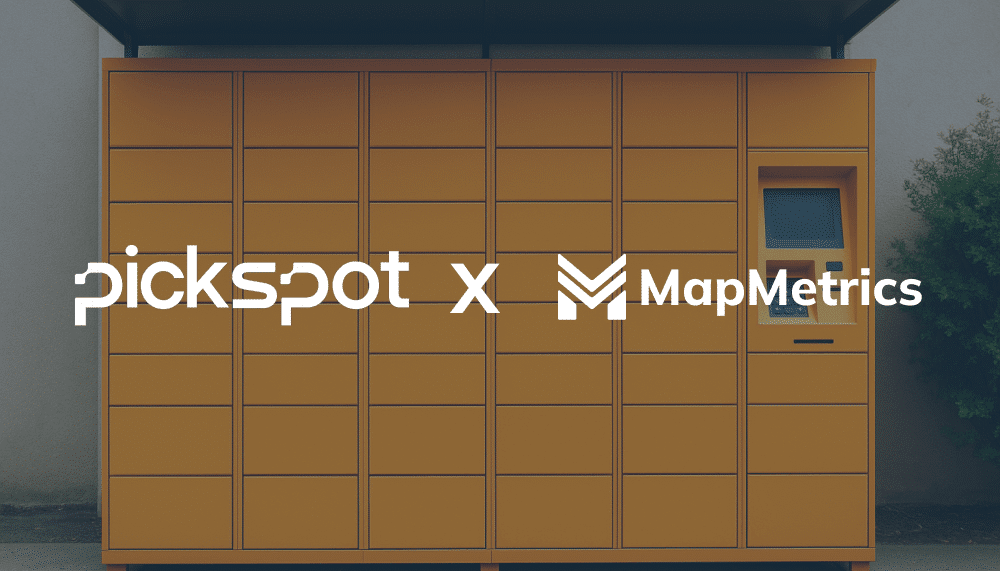
Blockchain 4.0: The Exciting Next Evolution in Distributed Ledger Technology
Blockchain technology has revolutionized how we conduct transactions, share data, and store information. Initially introduced as the underlying technology for Bitcoin, blockchain has evolved far beyond its original purpose, becoming a powerful tool across multiple industries, including healthcare, supply chain, finance, and logistics. The journey from Blockchain 1.0 to Blockchain 4.0 is a testament to its transformative potential and ongoing innovation.
The Birth of Blockchain
Blockchain technology emerged from the need for a more secure and transparent way to conduct transactions online. The global financial crisis of 2008 exposed flaws in the traditional financial system, such as a lack of transparency and reliance on centralized authorities.
In response, an unknown person or group called Satoshi Nakamoto introduced Bitcoin, the first cryptocurrency, in 2009. Bitcoin uses a decentralized ledger system known as blockchain to securely record and verify transactions without intermediaries like banks.
The blockchain operates on a peer-to-peer network where transactions are validated by nodes through cryptography and recorded in a public ledger. This system ensures all participants have an identical copy of the ledger, preventing fraudulent activities like double-spending.
The success of Bitcoin showcased the potential of blockchain technology, paving the way for further innovations and marking the birth of Blockchain 1.0.
Blockchain 1.0: Cryptocurrencies
Blockchain 1.0 introduced the world to cryptocurrencies, with Bitcoin being the first and most well-known example. This generation of blockchain technology focused on decentralized digital currency, enabling secure and transparent financial transactions without the need for intermediaries like banks.
By using cryptographic algorithms, Bitcoin ensured that all transactions were validated and recorded on a public ledger, making fraud nearly impossible. The success of Bitcoin led to the creation of thousands of other cryptocurrencies, each aiming to improve or expand upon the original concept.
Blockchain 2.0: Smart Contracts
The advent of Blockchain 2.0 marked a significant evolution beyond simple cryptocurrency transactions. This generation introduced smart contracts—self-executing contracts with the terms of the agreement directly written into code.
Smart contracts run on blockchain networks like Ethereum, allowing for automated, transparent, and tamper-proof execution of agreements without intermediaries. These contracts revolutionized various industries, including supply chain management, real estate, and finance, by reducing the need for trust and enabling more efficient and secure transactions.
Blockchain 3.0: Decentralized Applications (dApps)
Blockchain 3.0 brought about decentralized applications, or dApps, which combine smart contracts with user-friendly interfaces. Unlike traditional applications that run on centralized servers, dApps operate on decentralized networks such as Ethereum, Cardano, and Solana.
This generation focused on addressing issues like scalability, security, and interoperability. DApps offer advantages over centralized apps, including improved privacy, data integrity, and resistance to censorship and downtime. The rise of dApps has led to innovations in various sectors, including finance (DeFi), gaming, and social media.
Blockchain 4.0: What Is It?
Blockchain 4.0 represents the next generation of blockchain technology, designed to address the limitations of its predecessors and offer a more scalable, efficient, and user-friendly environment. While Blockchain 3.0 focuses on dApps and improving scalability, Blockchain 4.0 aims to integrate blockchain into business processes seamlessly.
This evolution leverages advanced technologies such as Artificial Intelligence (AI), the Internet of Things (IoT), and big data analytics. The goal is to create a more robust infrastructure that can support complex applications and high transaction volumes, paving the way for the emergence of Blockchain 4.0.

Blockchain 4.0: Applications
Web 3.0
Web 3.0 is the next iteration of the internet, emphasizing decentralization, security, and user privacy. Blockchain 4.0 plays a crucial role in this evolution by providing the infrastructure needed for decentralized protocols and applications.
With Blockchain 4.0, users can expect better data management, secure transactions, and enhanced interoperability between different blockchain networks. This technology will help realize a truly decentralized internet, where users have control over their data and online interactions.
Metaverse
The metaverse is a virtual world where users can interact, work, and play in a digital environment. Blockchain 4.0 is integral to the development of a decentralized metaverse, offering features such as secure digital proof of ownership, decentralized data management, and interoperability between different virtual worlds.
In the metaverse, blockchain ensures that users can own, trade, and protect their digital assets securely. Decentralized platforms like Decentraland and Axie Infinity are early examples of how blockchain can create immersive and user-controlled digital experiences.
Industry 4.0
Industry 4.0 refers to the fourth industrial revolution, which focuses on automation, data exchange, and smart technologies in manufacturing and other industries. Blockchain 4.0 can enhance Industry 4.0 by providing secure and transparent supply chain management, automating approval workflows, and enabling condition-based payments.
DePIN (Decentralized Physical Infrastructure Networks)
DePIN involves using blockchain technology to create and manage physical infrastructure networks in a decentralized manner. This includes applications in wireless networks, sensor networks, cloud/storage networks, and energy networks. Blockchain 4.0 supports DePIN by providing a secure, transparent, and efficient framework for these networks to operate.
For instance, in energy networks, blockchain can facilitate decentralized energy trading, ensuring transparency and security in transactions. In sensor networks, it can enhance data integrity and trust among stakeholders. MapMetrics, a decentralized navigation app, serves as an example of DePIN in action by leveraging blockchain to offer users privacy-focused and community-driven navigation services. DePIN represents a significant advancement in how physical infrastructures are managed, making them more resilient and scalable.
Blockchain 4.0 for Business
Blockchain 4.0 offers numerous benefits for businesses, including improved security, greater efficiency, increased transparency, and better data management. By leveraging advanced encryption and distributed ledger technologies, businesses can ensure their data is stored securely and transactions are tamper-proof.
Conclusion
Blockchain 4.0 represents the next evolutionary step in blockchain technology, offering unprecedented opportunities for businesses across various sectors. With its enhanced scalability, interoperability, security, and efficiency, Blockchain 4.0 is poised to revolutionize industries and pave the way for innovative applications in the digital age. As this technology continues to evolve, it will undoubtedly shape the future of how we conduct transactions, manage data, and interact with the digital world.


